
5 minute read
lexicon
Social dance
A category of dance form where sociability is the primary focus. Examples of social dances include partner dances, line dances, group dances, and even solo club dancing.
Advertisement




Partner dance
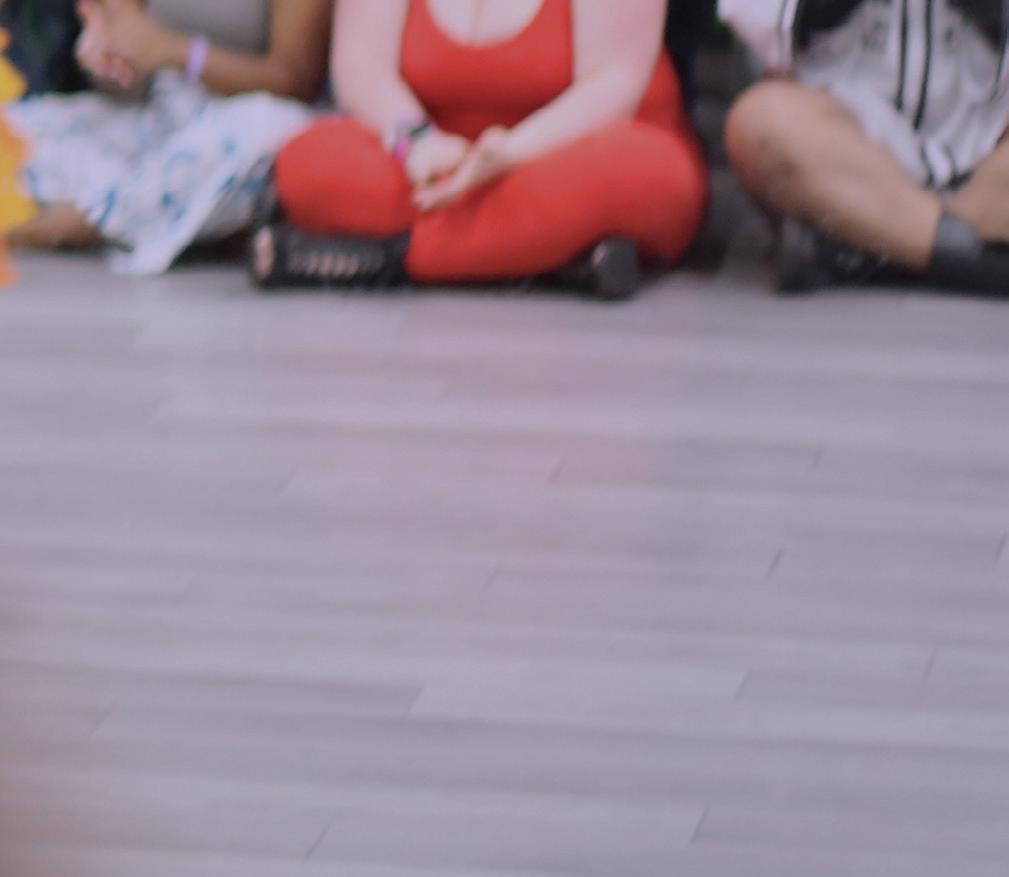
A kind of social dance whose basic choreography involves coordinated dancing generally between two partners. Examples include ballroom dance, Lindy hop, tango, salsa, and many others.
Latin dance
Types of ballroom and folk dance that primarily originated in Latin America or which were created by Latin American communities.
Cultural norm
Culturally imposed rules that are expected to be followed and are hard to break.

Gender norm

Ideas about how people should be and act based on gender.
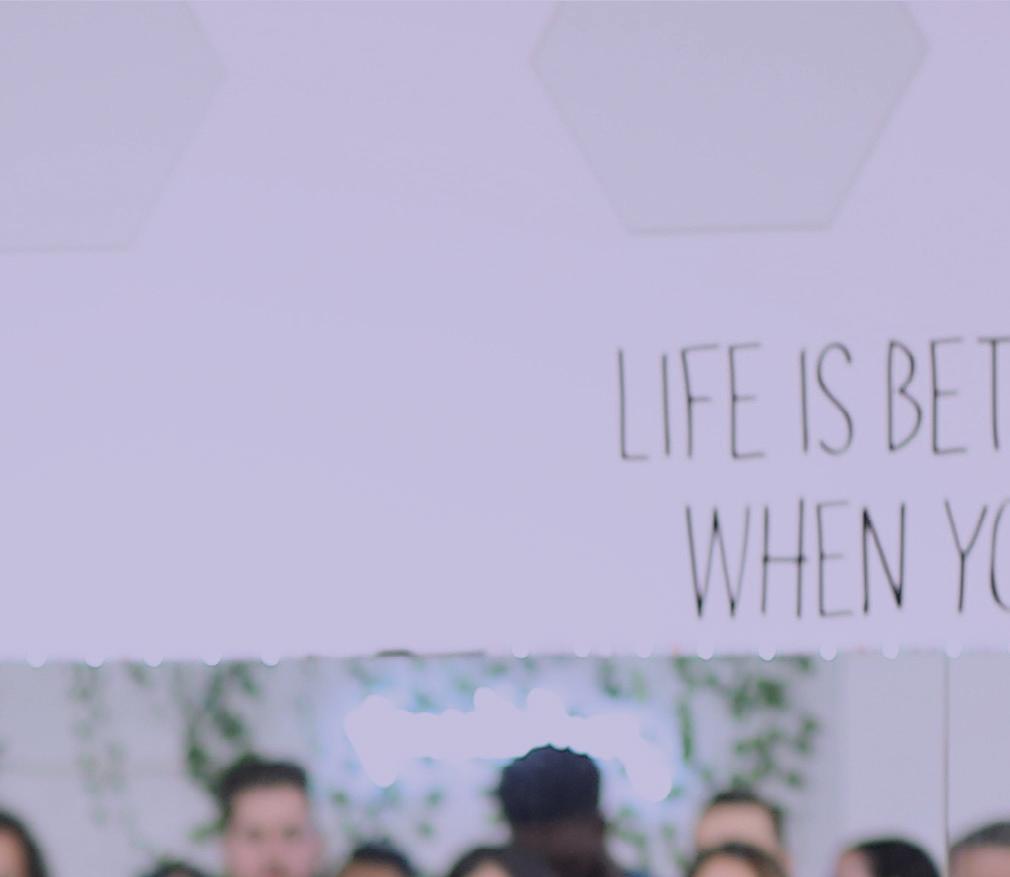
Gender roles
Actions, tasks, or attitudes performed or expected based on perceived masculinity or femininity.
Social pressure
External force, overt or covert, to conform to a norm or perform an action.
Social compliance
Behaving so as to fit in or match the social context.
Cosmopolitan partner dance
Mostly found in large cosmopolitan cities, it refers to the spaces, culture, and people that participate and run partner dancing classes and events attended by hobbyist dancers.
The “class”
The partner dance class that often precedes the “social,” or party, in the amateur partner dance scene.
The “social”
A term used in the partner dance scene to reference an organized event or meet-up, usually accessed at a cost, where partner dancers gather to dance with each other.
Dance encounter
A dance between two people, usually lasting for at least an entire song.
Dance roles
The role of a dancer in a dance encounter, generally either that of leader or follower.
Leader
The dancer in the dance encounter who directly interprets the music and directs their partner—the follower—through a sequence of improvised movements.
Follower
The dancer in the dance encounter who responds and reacts to the directions of the leader.
Switching
The act of organically changing roles within a dance encounter, such as that the person who started leading then follows, and vice-versa.
Single-role default
The custom and culture in amateur partner dance that dancers stick to a single dance role, either leading or following, whether in class, during a dance encounter, or until they have achieved mastery of that role.
Single-role mechanics
The practice in partner dance classes of asking students to pick either the leader OR follower role during the class.
Switch-role mechanics
The less common practice of teaching class attendees both leading and following. This practice is not common in Latin dance classes.
Gender-role coupling
The assumption that women follow and men lead.
Implicit
Covert, between-the-lines, not explicit.
Consent
The act of freely giving permission to another person to do or continue doing something.
Disempowerment
State of having power taken away or being prevented from having it.
Submissive
Ready to conform to the authority or will of others, passive.
Femininity
The qualities or attributes regarded as characteristic of women or girls.
Sex-positive
A movement that seeks to change cultural attitudes and norms around sexuality, promoting the recognition of sexuality as a natural and healthy part of the human experience. It emphasizes the importance of personal sovereignty, safer sex practices, and consent, and covers many aspects of sexual identity, including gender expression.
Barrier
An obstacle preventing movement or success.
Enforcement
The act of compelling observance of or compliance with a law, rule, or obligation.
Power
The ability to influence or outright control others’ behavior.
Agency
The feeling of control over actions and their consequences.
Jackson Lee
(he/him), Latin partner dancer, co-creation workshop participant
Research Methods
For this thesis, many kinds of research. This included desk research, field research, expert interviews, user inteviews, surveys, a co-creation workshop and concept and user testing
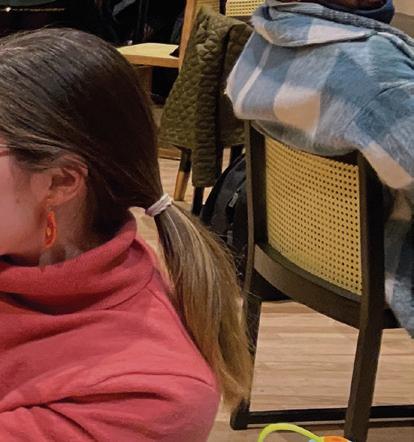
Desk Research
I read academic and magazine articles, books, and blogs, and listened to podcasts regarding partner dance, gender, leadership, and pleasure.
Field Research
I attended many dance events and classes across Latin and other styles of partner dance, primarily in NYC. Events I attended ranged in scale, from a 5-day Bachata congress with thousands of attendees to a Kizomba event lasting a few hours with less than 50 attendees. Event locations included dance studios, bars, restaurants, and a hotel conference room.” Event target audiences tended to be the same; while some were much more explicitly queer-friendly than others, none were queer-exclusionary. In classes, I participated as a leader the majority of the time and as a follower on a few occasions.


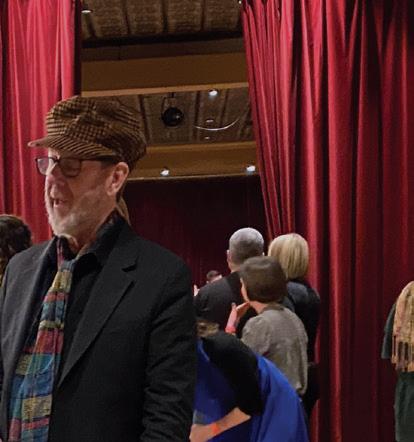
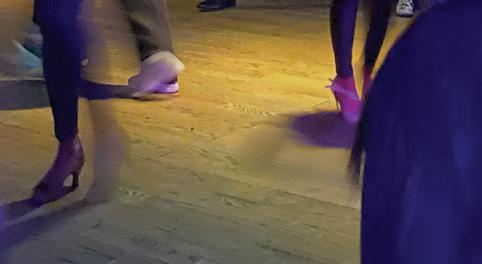





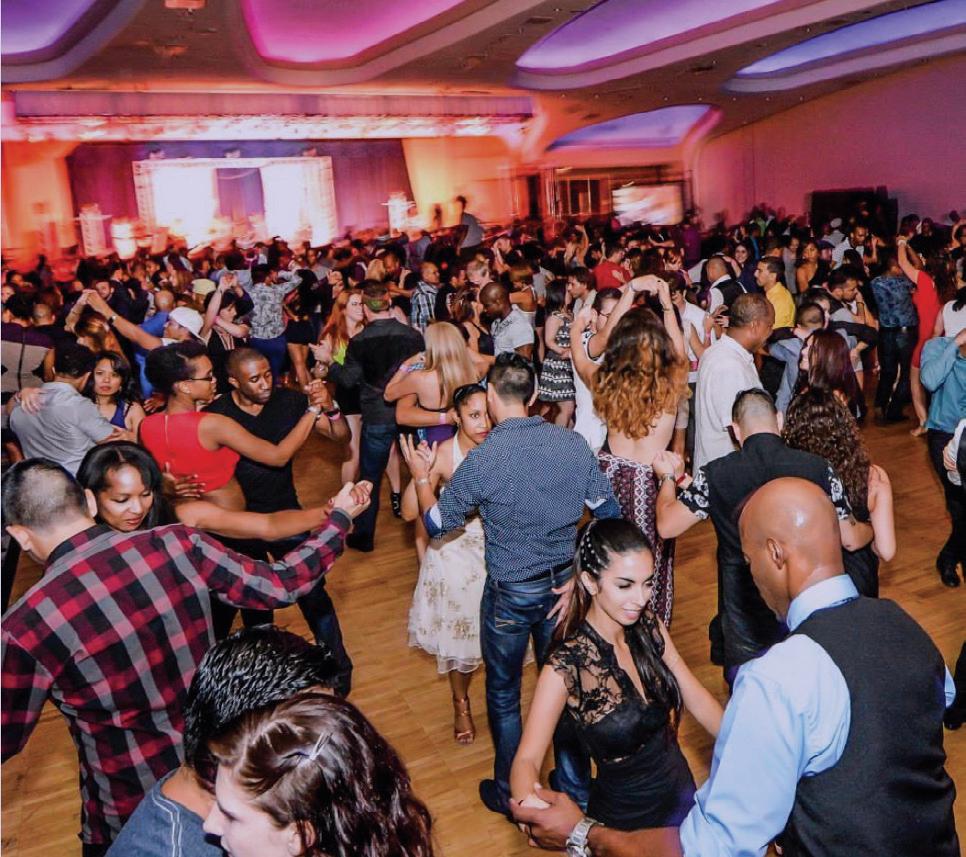









I also observed classes from the sidelines, overtly and covertly. I assisted a woman leader teaching a Latin dance class, as her follower.





Expert Research
I had formal and informal conversations with stakeholders at the center of partner dance experiences, including event organizers, instructors, event photographers, and dancers, as well as formal conversations with experts who could provide an academic and sociological perspective on the experience of partner dance, like researchers, activists, consent experts, and dance movement therapists, among others.*
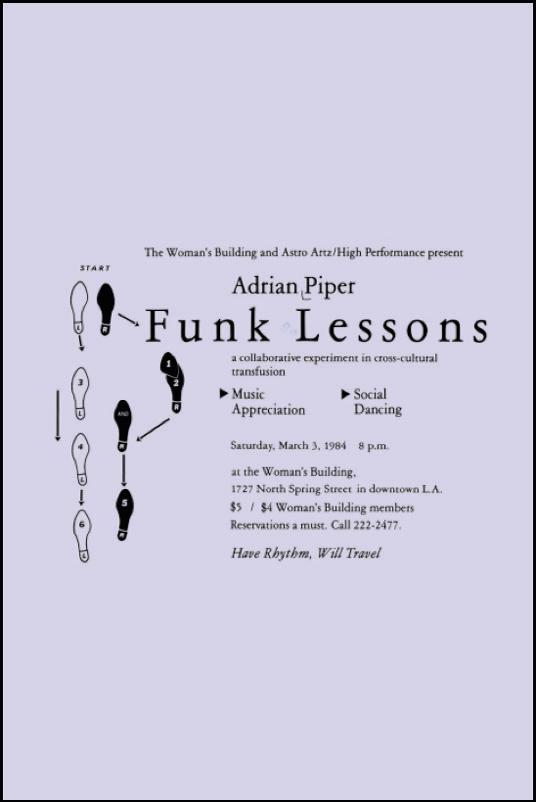
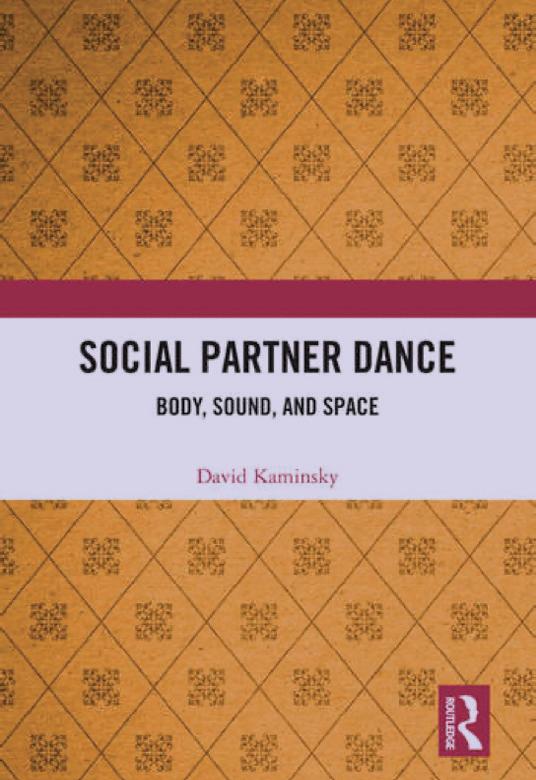
User Research
I spoke with dancers of different genders, races, sexual orientations, dance-role choices, and dance-role levels of expertise.**
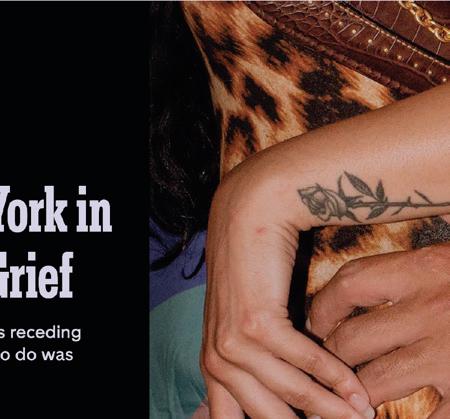
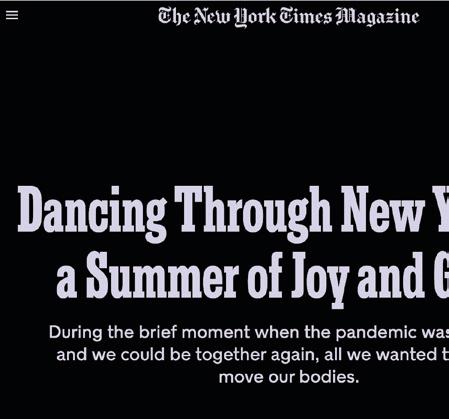

I facilitated a co-creation session with four practitioners of Latin partner dance that explored dancers’ attitudes towards dance and challenges I had identified during my early desk and field research.
Survey
I conducted a survey about women’s role choices in Latin partner dance, which was distributed in Latin partner dance groups in NYC, and which was completed by 25 women-identifying respondents.
USER & CONCEPT TESTING
I gathered feedback on my four design interventions through concept and user testing of different kinds. These included running ideas with subject matter experts (SMEs) and users during phone interviews, presenting low-fidelity prototypes to users over video calls, sending links to prototype testing surveys to users and SMEs, and piloting prototypes at real events making sure to gather feedback from event attendees.
* Note: the development of social dance as an elitist phenomenon was not unique to Europe. Some African and Native American cultures reserved dance for members of certain status or success, who had to undergo specific rituals or ceremonies to be allowed to perform the dance.
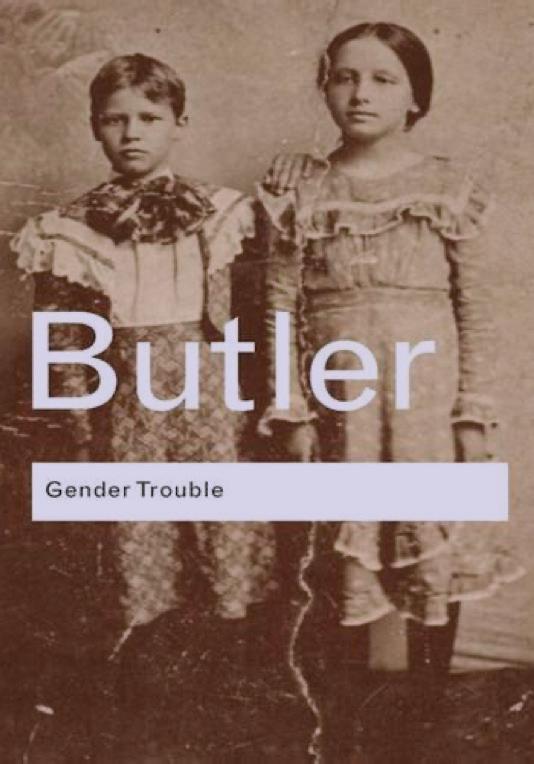

** The vast majority of the experts I spoke with above also had extensive personal experience practicing in cosmopolitan partner dance, so learnings from those conversations can qualify as user research as well.


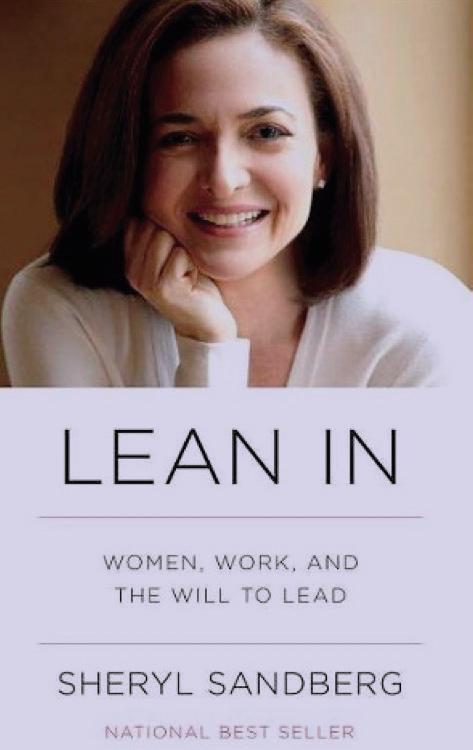
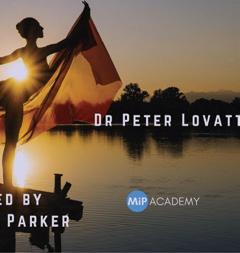

Expert And User Interviews




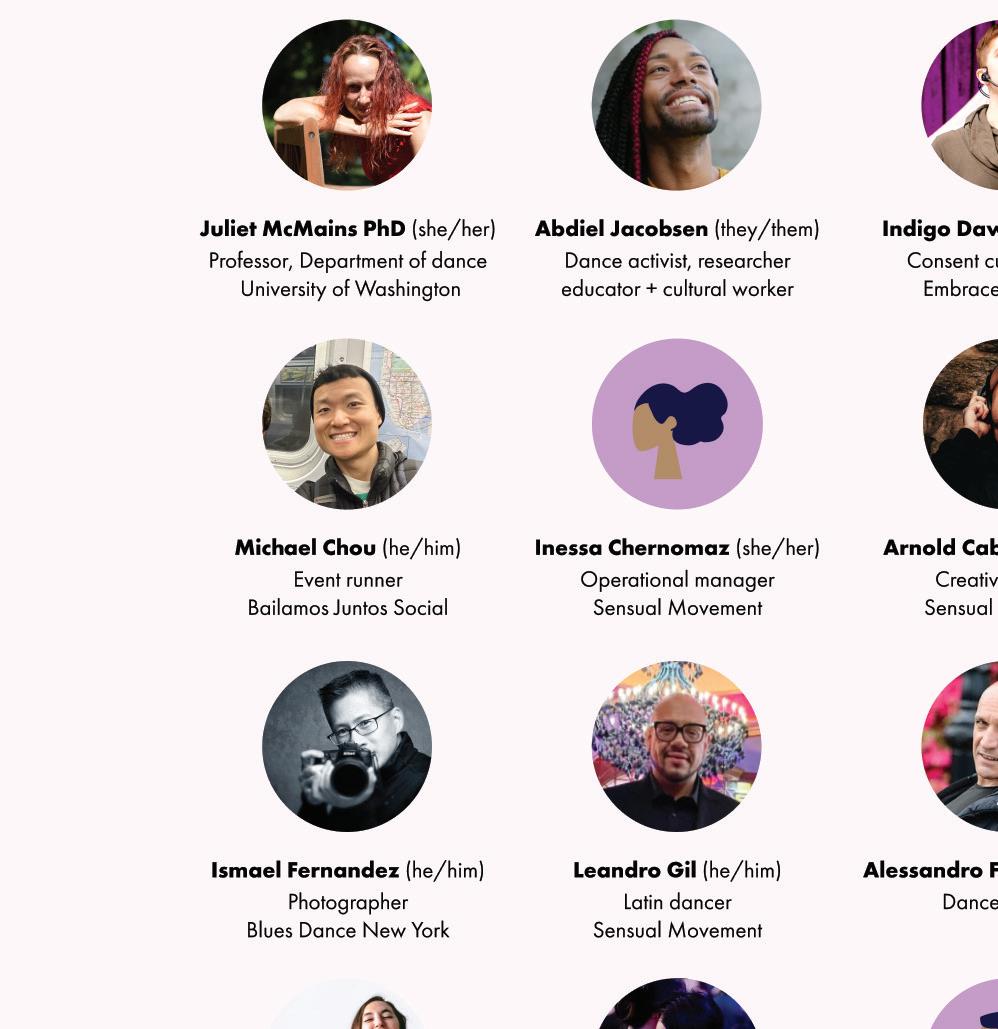
co-creation workshop

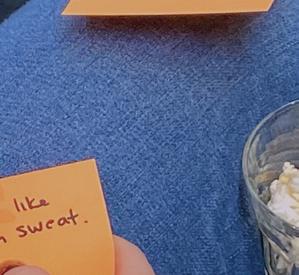





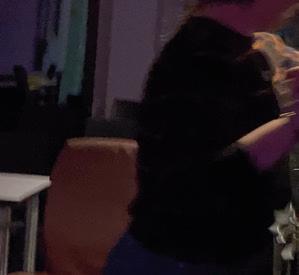


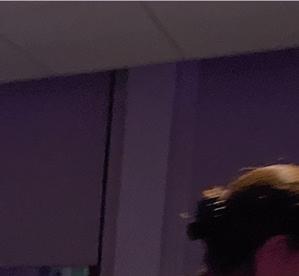




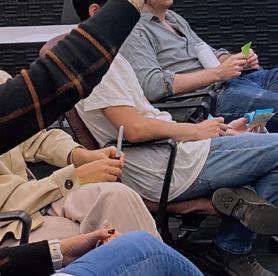
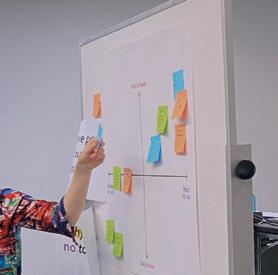

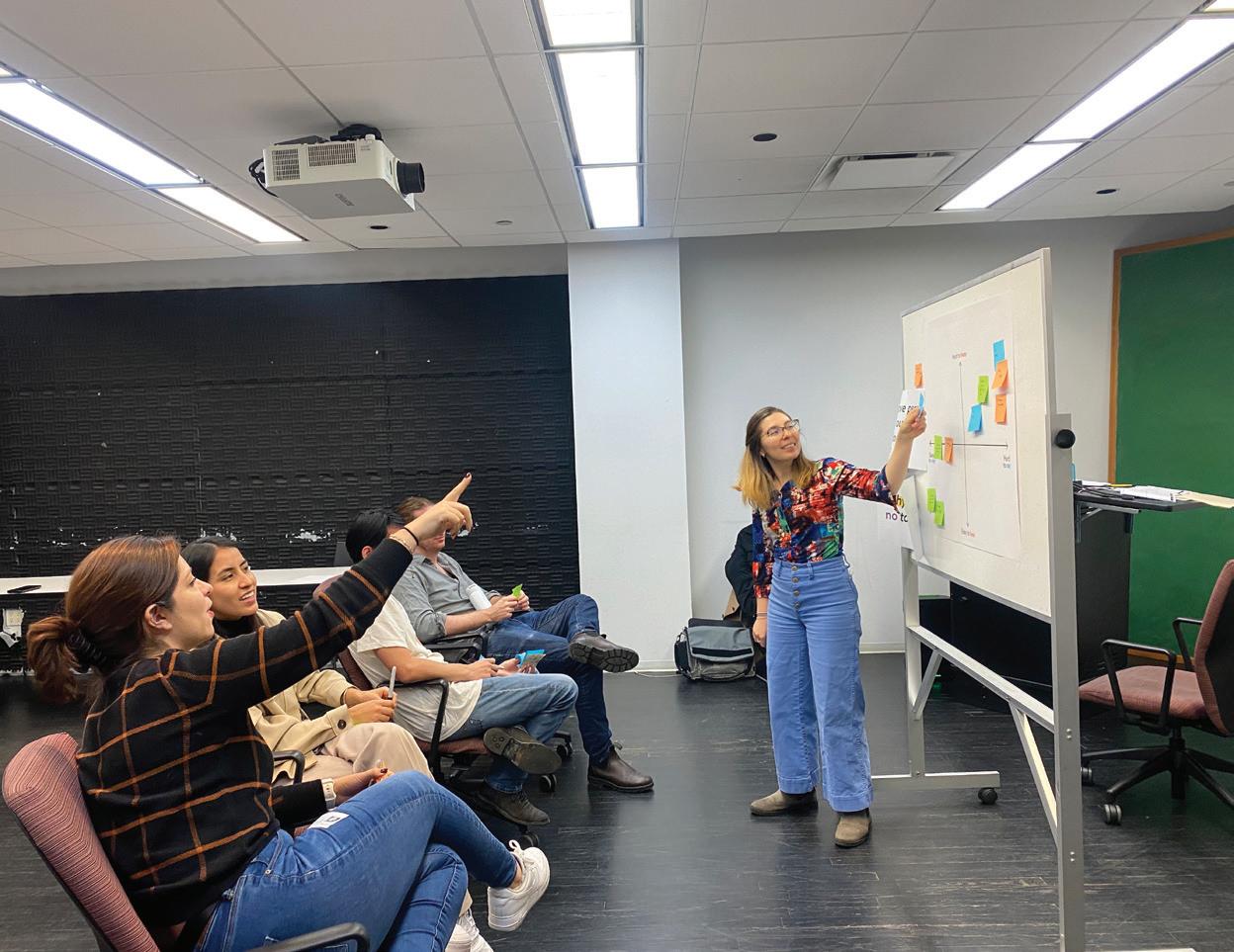


User Interviews



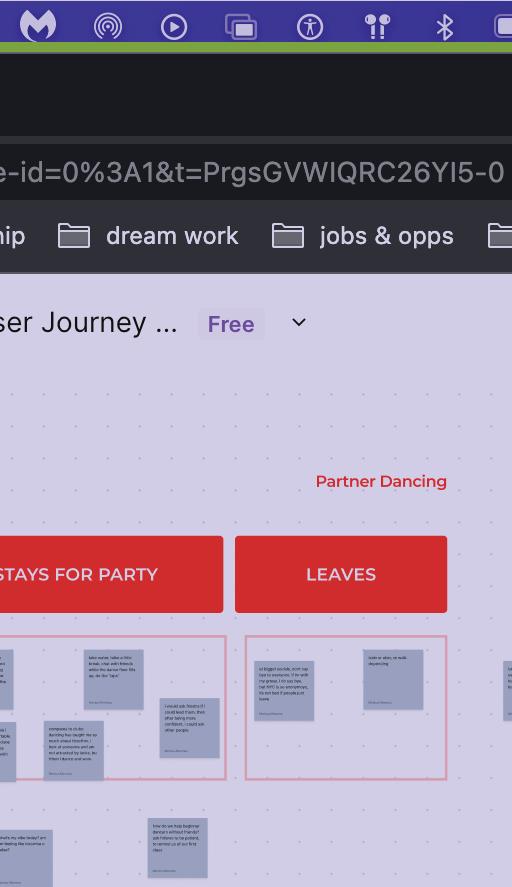
“My first fake ID was not even for alcohol. It was to get into dance clubs.”
Emma Housner (she/her) Latin partner dance instructor
“If I’m gonna follow, that’s a song I’m not leading.”
“Dance is one of the spaces in my life where it feels safest to be authentic.”
Josh Cintorino Blues and fusion dancer
“I can’t lead for my life.”
“I wish I could lead.”
Several women Latin partner dancers, Classes and events in NYC
“I love leading so so so so much.”
Christine Nieves (she/her) Event runner, Bailamos Juntos Social
“You don’t have to be queer to want to lead.”
Sabrih Joy Short (she/her) Event runner, The Fusion Experience Social
“You come for the girls, you come back for the dancing.”
Jackson Lee (he/him) Latin partner dancer
Leandro Gil (he/him) Latin partner dancer
“Following is a submissive role in general.”
Indigo Dawn (they/them) Consent activist and educator
key quotes, themes and insights



“When you dance, it’s like a mini-relationship, whatever the amount of time.”
Inessa Chernomaz (she/her) Operational manager, Sensual Movement
Gendered Dance Roles

• Gender is coupled with dance role accross virtually all partner dance styles.
• Separating dance roles from gender stands to benefit all dancers, since learning one role helps improve at the other.
POWER
• Power dynamics are inherent to partner dance, with following being the more submissive role.
• Power, both having it and giving it up, is part of what makes dance exciting and pleasurable.
COMMUNICATION
• The physical enviornment of partner dance makes verbal and visual communication difficult.
• Poor communication creates risk of injury and boundary tresspassing for dancers, primarily followers.
JOY
• fun and pleasure are why partner dancers keep coming back.
• partner dance affords self-discovery and authentic expression.
• dancers find practicing the non-traditional role for their gender deeply empowering.
WOMEN
• Women are disempowered by dance’s gender roles.
• Women are more interested in learning to lead than men are interested in learning to follow.
• The gender norm gets in the way of women leading.
Dance Is Life Is Dance
• partner dance simultaneously creates and reflects culture
• dancers draw parallels between behaviors in partner dance and the world outside dance










